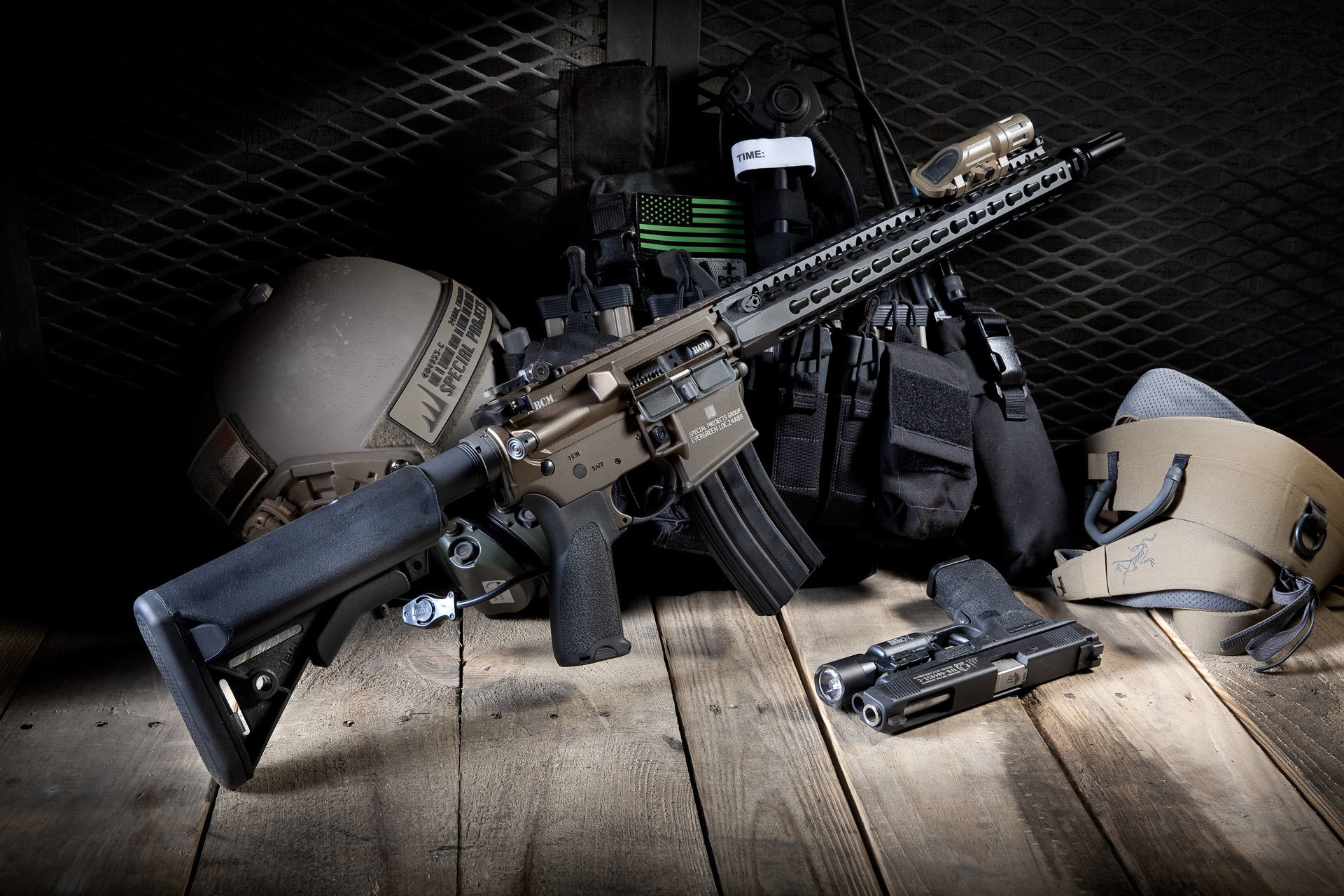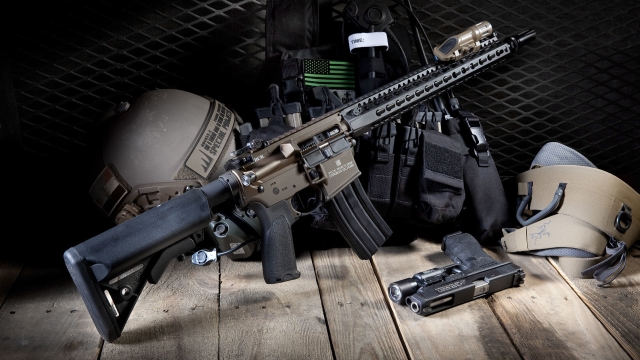Firearms have always been a topic of fierce debate, stirring up strong opinions and emotions from all sides. Whether one sees them as tools for personal protection or instruments of violence, there is no denying their significant impact on society. As a means of projecting deadly force, firearms have been a defining feature of warfare, law enforcement, and self-defense for centuries. From ancient crossbows and muskets to modern handguns and assault rifles, the evolution of firearms has been both fascinating and concerning.
At the heart of these weapons lies the ammunition, the very lifeblood that empowers firearms to fulfill their purpose. Ammunition encompasses the various types of bullets, cartridges, and shells that make up the explosive component responsible for launching projectiles. Understanding the intricacies of ammunition is crucial for comprehending the capabilities and potential dangers associated with firearms. From a historical perspective, the development of different types of ammunition has directly influenced the effectiveness and efficiency of firearms, shaping the course of military tactics and combat strategies throughout the years.
Types of Ammunition
In this section, we will explore the various types of ammunition commonly used with firearms. Understanding the different options available can help enthusiasts make informed choices based on their specific needs and preferences.
The first type of ammunition to consider is handgun ammunition. Handguns, also known as pistols, require ammunition specifically designed for their size and caliber. Common types include the .22LR, 9mm, .45 ACP, and .40 S&W. Each type has its own unique characteristics in terms of energy, velocity, and stopping power.
Moving on, let’s delve into shotgun ammunition. Shotguns are versatile firearms that are popular for hunting, self-defense, and sport shooting. Shotgun ammunition consists of shells containing multiple projectiles called shot. Popular shotgun gauges include the 12-gauge and 20-gauge. Different loads and shot sizes provide varying patterns and effective ranges.
Lastly, we can’t overlook rifle ammunition. Rifles are long-barreled firearms designed for accuracy and range. They come in various calibers and types, each tailored for different purposes such as hunting, target shooting, or military use. Examples of common rifle calibers include .223 Remington, .308 Winchester, and 7.62x39mm.
Understanding the distinctions between handgun, shotgun, and rifle ammunition is crucial for both firearms enthusiasts and beginners alike. The type of ammunition chosen can greatly impact the firearm’s performance, purpose, and effectiveness. As always, it’s essential to follow local laws and regulations regarding the possession and use of firearms and ammunition.
Different Categories of Firearms
When it comes to firearms, there are various categories that help to classify them based on their design, functionality, and purpose.
1. Handguns
Handguns are compact firearms designed to be held and operated with one hand. They are often used for self-defense, law enforcement, and recreational shooting. Handguns come in different types including revolvers and semi-automatic pistols. Revolvers have a rotating cylinder that holds the ammunition, while semi-automatic pistols have a magazine that stores the rounds.
2. Rifles
Rifles are long-barreled firearms that are typically fired from the shoulder. They are designed for accuracy and are commonly used for hunting, sport shooting, and military and law enforcement operations. Rifles can be further categorized into bolt-action rifles, semi-automatic rifles, and assault rifles. Bolt-action rifles require manual cycling of the bolt after each shot, while semi-automatic rifles can fire consecutive rounds with a single pull of the trigger. Assault rifles are select-fire weapons capable of automatic or burst fire.
3. Shotguns
Shotguns are firearms that are specifically designed to fire a multitude of small pellets or a single solid projectile called a slug. They are commonly used for hunting birds, sport shooting, and home defense. Shotguns can be further classified as pump-action, semi-automatic, or break-action. Pump-action shotguns require the user to manually slide the forend back and forth to chamber the next round, while semi-automatic shotguns automatically cycle the rounds. Break-action shotguns have a hinge that allows the barrel(s) to be folded down for reloading.
Understanding these different categories of firearms is crucial in comprehending their characteristics and purposes. Whether it’s a handgun for personal protection, a rifle for precision shooting, or a shotgun for recreational activities, each type of firearm serves a specific role in the wider world of firearms.
Safety Measures and Regulations
The safety measures surrounding firearms are vital to ensuring the well-being of both gun owners and the general public. To minimize risks and accidents, governments around the world have implemented strict regulations and guidelines for the use and storage of firearms.
One crucial aspect of firearm safety is proper training and education. It is essential for gun owners to undergo thorough training to familiarize themselves with the handling, operation, and maintenance of firearms. By understanding how to safely load, unload, and aim a firearm, individuals can significantly reduce the potential for accidents.
Additionally, the secure storage of firearms is of utmost importance. Proper storage helps prevent unauthorized access and ensures that firearms are out of reach from children or individuals who may not be responsible or knowledgeable enough to handle them. Responsible gun owners often invest in gun safes or lockboxes, which provide a secure location for firearms when not in use.
Furthermore, governments enforce specific regulations to help maintain overall safety. These regulations vary across jurisdictions but may include background checks and waiting periods before purchasing a firearm, restrictions on certain types of firearms or ammunition, and the requirement of licenses or permits to possess or carry a firearm.
By implementing safety measures and regulations, authorities aim to strike a balance between individual freedoms and public safety. These measures play a crucial role in ensuring that firearms are used responsibly, helping to prevent accidents and promote a secure environment for all.

